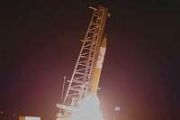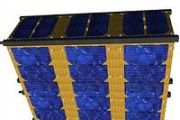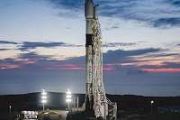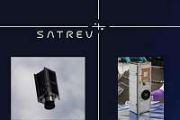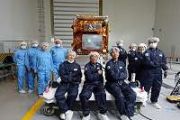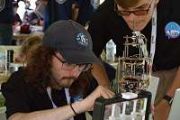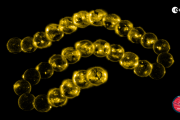
Copernical Team
Virgin Galactic re-opens ticket sales for $450,000
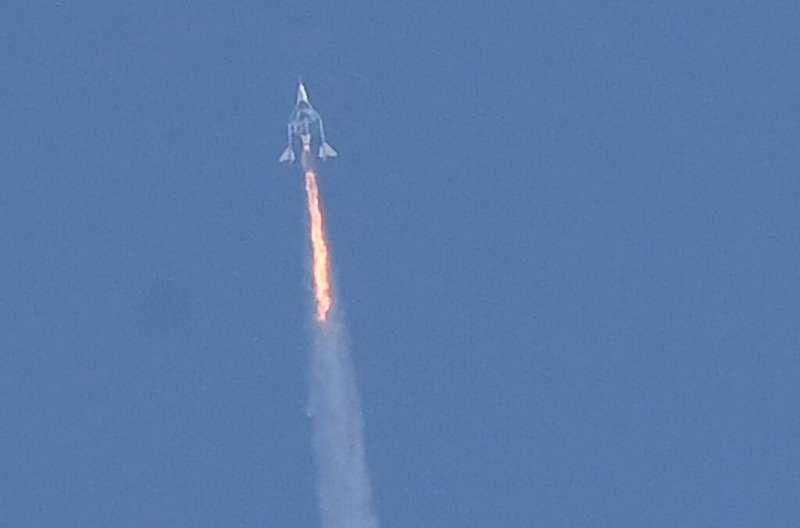
Virgin Galactic, which last year flew its flamboyant founder Richard Branson to space, will re-open ticket sales to the general public starting Wednesday, for the sum of $450,000.
Previously, only people who had paid a deposit to be on a waiting list could buy new tickets—but now sales are once more open to everyone.
"We plan to have our first 1,000 customers on board at the start of commercial service later this year, providing an incredibly strong foundation as we begin regular operations and scale our fleet," said CEO Michael Colglazier in a statement.
Established in 2004, Virgin Galactic is looking to build on the success of a high profile test mission last July, which saw Branson beat Blue Origin founder Jeff Bezos in their billionaire space race by a few days.
Deep down temperature shifts give rise to eruptions
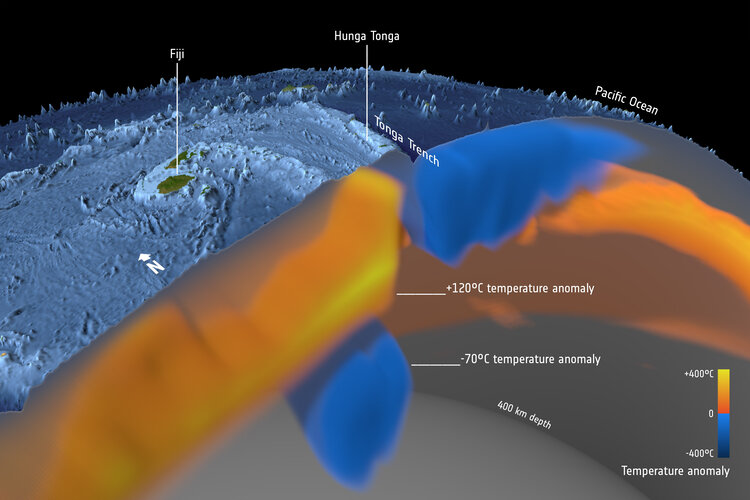
The astonishing force of the Tonga volcanic eruption shocked the world, but the fact that this underwater volcano actually erupted came as less of a surprise to geoscientists using satellite data to study changes in the temperature deep below Earth’s surface.
Watch live coverage of Space Summit
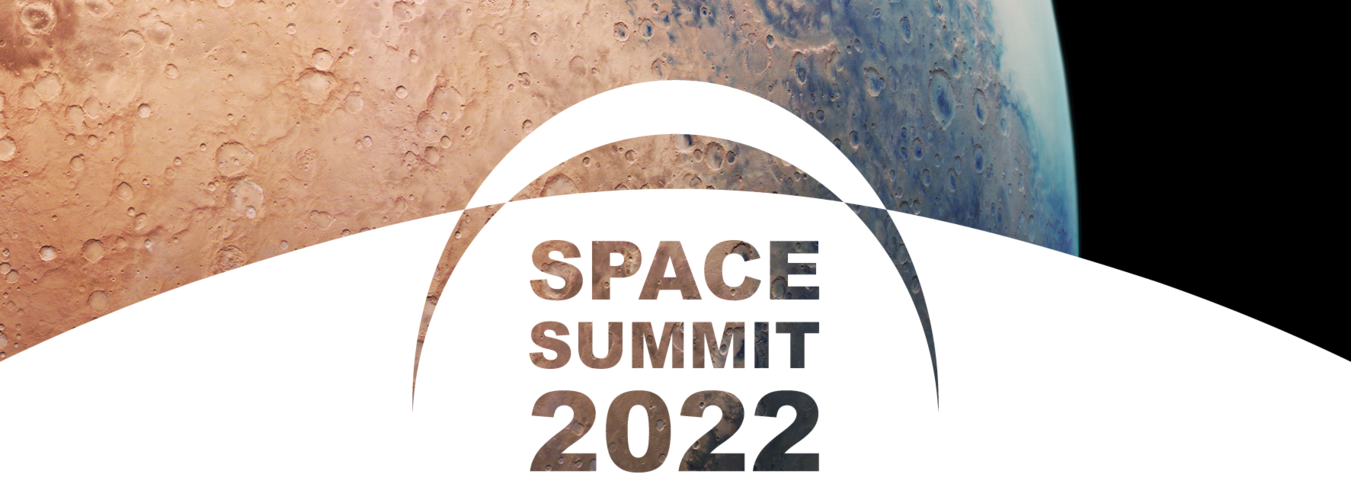
European leaders will reaffirm plans to launch Europe on a world-leading trajectory during a high-level space summit being held on 16 February in Toulouse, France. Join us for live coverage on ESA Web TV, starting at 12:45 CET.
Taiwan researchers join ISRO in satellite launch mission for first time
 The launch of the Earth Observation Satellite (EOS-04), scheduled for September 2021, was delayed due to the pandemic as engineers and scientists were working remotely. However, to make up for the delay, the Indian space agency has planned 19 missions, including a Moon landing, in 2022.
The Indian Space Research Organisation (ISRO) on Monday launched a satellite, INSPIRESat-1, jointly deve
The launch of the Earth Observation Satellite (EOS-04), scheduled for September 2021, was delayed due to the pandemic as engineers and scientists were working remotely. However, to make up for the delay, the Indian space agency has planned 19 missions, including a Moon landing, in 2022.
The Indian Space Research Organisation (ISRO) on Monday launched a satellite, INSPIRESat-1, jointly deve Moon should be privatised to end global poverty says 'Space Invaders' report
 The protection of the Moon is clearly stated in the 1967 Outer Space Treaty (OST) - an international document that prohibits any state to appropriate the space rock or other celestial bodies.
Researchers from the Adam Smith Institute, a British neoliberal think tank, have suggested that dividing the Moon into regions and privatising it can help end global poverty. However, there is a twist
The protection of the Moon is clearly stated in the 1967 Outer Space Treaty (OST) - an international document that prohibits any state to appropriate the space rock or other celestial bodies.
Researchers from the Adam Smith Institute, a British neoliberal think tank, have suggested that dividing the Moon into regions and privatising it can help end global poverty. However, there is a twist Innovation by the dozen: ESA funds 12 OPS-SAT experiments
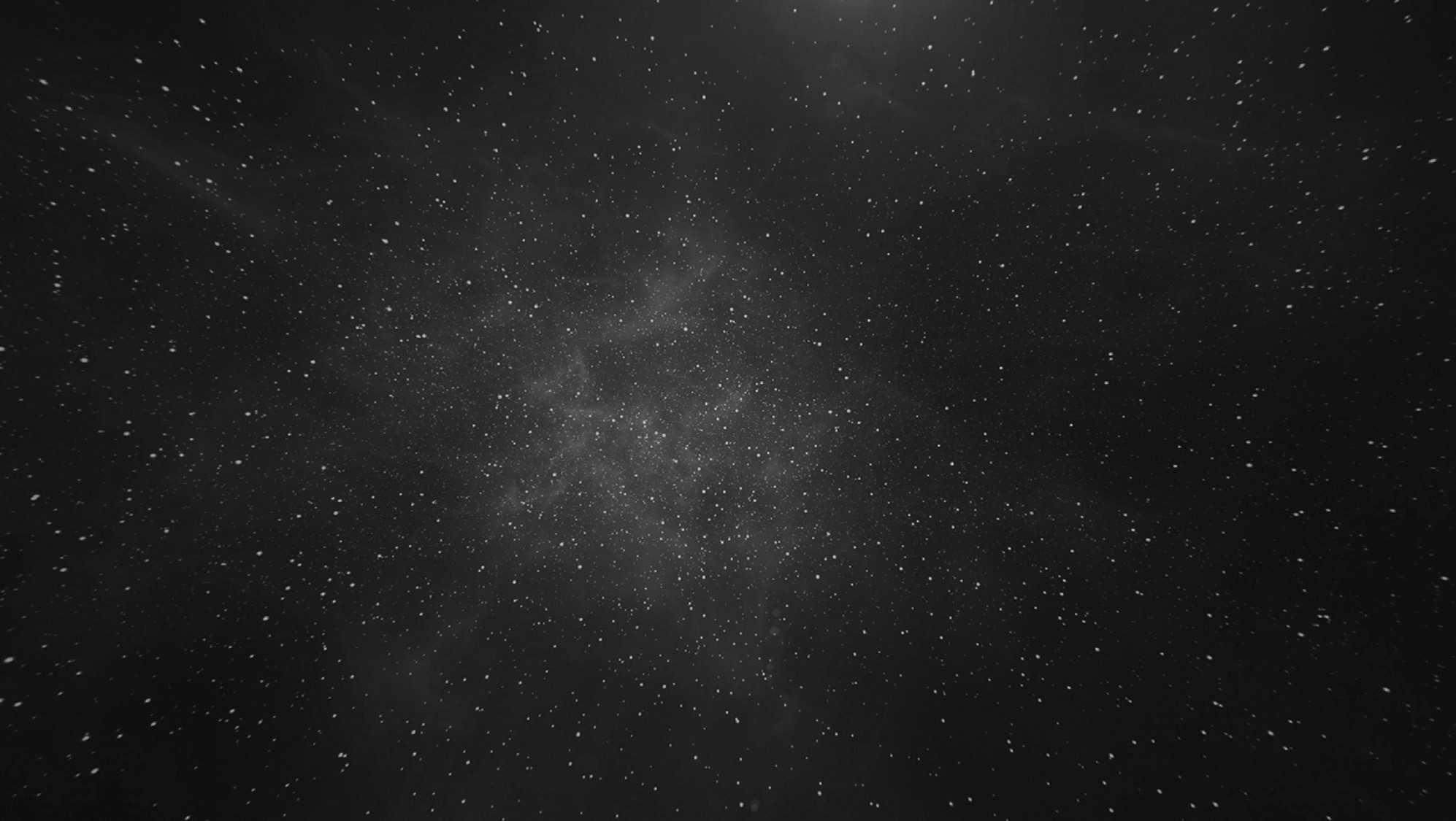
ESA's OPS-SAT is a Swiss army knife in orbit. The 30-cm CubeSat packs a powerful onboard computer and an array of instruments that make it the ideal laboratory for testing innovative new technologies in space.
Thanks to the ESA Discovery programme, 12 new experiments will be doing just that, as they develop software, concepts and protocols that push the robust CubeSat to its limits and that could one day be essential parts of future spacecraft missions.
NASA's MinXSS instrument CubeSat launches to study sun's flares

The Miniature X-Ray Solar Spectrometer 3, or MinXSS-3, successfully launched on the InspireSat-1 small satellite at 7:29 p.m. EST on Feb. 13, 2022. Also known as the Dual Aperture X-ray Solar Spectrometer, or DAXSS, it is the third of three NASA-funded MinXSS CubeSats. It will spend up to a year in low-Earth orbit studying X-rays coming from flares on the sun.
The sun sometimes releases flares, which are energetic bursts of light and particles triggered by the release of magnetic energy on the sun that travel across the solar system. X-rays emitted by the sun during intense flares can interfere with GPS, radio, and other communications signals when they reach Earth. MinXSS will study the energetics of these flares in wavelengths known as soft X-rays, which are particularly impactful on Earth's ionosphere—an electrified upper layer of the atmosphere where communications signals travel.
New Tool Launches for Astronomy Software Users
 The American Astronomical Society (AAS) and partnering organizations Zenodo and the SAO/NASA Astrophysics Data System (ADS) has announced the launch of the Asclepias portal and broker, resources that connect software tools with scientific results to make research progress in astronomy faster, more open, and more reproducible.
Astronomers rely on scientific software to analyze data sets and
The American Astronomical Society (AAS) and partnering organizations Zenodo and the SAO/NASA Astrophysics Data System (ADS) has announced the launch of the Asclepias portal and broker, resources that connect software tools with scientific results to make research progress in astronomy faster, more open, and more reproducible.
Astronomers rely on scientific software to analyze data sets and NASA's X-59 Calls on Texas for Key Testing
 It appears the road to enabling a future that includes convenient commercial supersonic air travel over land demands a substantial pit stop in Fort Worth, Texas.
Who knew?
Aeronautical innovators at NASA and Lockheed Martin did. They have long planned for this milestone in assembling and testing the X-59 Quiet SuperSonic Technology (QueSST) airplane.
Although the X-59 QueSST is
It appears the road to enabling a future that includes convenient commercial supersonic air travel over land demands a substantial pit stop in Fort Worth, Texas.
Who knew?
Aeronautical innovators at NASA and Lockheed Martin did. They have long planned for this milestone in assembling and testing the X-59 Quiet SuperSonic Technology (QueSST) airplane.
Although the X-59 QueSST is China hits back at US after satellite near-misses
 China has stated the United States is in no position to unilaterally set thresholds for emergency collision after the US rejected the charge its Starlink satellites endangered China's space station.
Foreign Ministry spokesman Zhao Lijian made the remarks at a daily news briefing on Thursday, saying such rhetoric by the US did not show a responsible attitude as a major country strong in aer
China has stated the United States is in no position to unilaterally set thresholds for emergency collision after the US rejected the charge its Starlink satellites endangered China's space station.
Foreign Ministry spokesman Zhao Lijian made the remarks at a daily news briefing on Thursday, saying such rhetoric by the US did not show a responsible attitude as a major country strong in aer 
















